
Review on Cambium Networks ePMP 5 GHz Force 180 Integrated Radio - High Gain Antenna - Powerful Outdoor CPE - FCC Certified by Sangmin Barrett

The PTP bridge works well and reliably with the included PoE injector
I ran into a problem, but the chronological overview below explains the solution. High-speed, low-latency connection within the home using ePTP master/slave mode. Having experience configuring Cisco and other fairly complex APs, I didn't hesitate to purchase two separate radios, saving about $150 over the pre-configured two-kit version (C058900B072A). Please note that these individual radios include 24V power injectors and US power cords. The radios were delivered with software version 2.4.3, which I immediately updated to the current version 3.5.1. I then proceeded through a series of configuration steps, interrupted by save/reload cycles. The web interface is as intuitive as any other access point I have configured. Since only one other 5 GHz user was detected in my area and no radar activity can be seen, I was free to choose a 40 MHz wide channel. Since the distance doesn't matter, I set both radios to minimum transmission power. This still ensures strong received signal strength on both sides and the maximum transmission rate that can be expected. The Cambium ePMP User Guide lists a CAT5e Ethernet cable and devices definitely need this for best results. To avoid cable problems I only used CAT6 for all connections. Due to Cambium's 24V Power over Ethernet agreement, I initially set up the radio with the included PoE injectors. However, based on a careful reading of the specs, it appears that Cambium designed the Force 180 to be compatible with Ubiquiti's APs, which also use 24V but with the opposite polarity. Yes, Force 180 recognizes and accepts input power of any DC polarity. So I then replaced the Cambium PoE injectors with Ubiquiti's smart 48V to 24V PoE adapters (model INS-3AF-IG), allowing me to do everything through my standard 802.3af PoE switches can supply electricity. UPDATE (and tentative downgrading to two stars): Another requirement I had (but didn't mention in my original review) was absolute reliability. For example, the Force 180 bridge failed twice in two days of operation. One or the other device decided to restart. The first time the link was online again after a few minutes. The second time I didn't wait, I just reinstalled my original bridge based on EnGenius EAP600. I can trade a little more network latency in exchange for reliability – like 18 months of continuous operation without failures with EnGenius. I can try to characterize and troubleshoot the Force 180 (probably an intermittent glitch). SOLUTION (and five star recovery): I ran the radios on an isolated network with continuous audio streaming and a ping loop to detect errors. To eliminate variables, I used the included Cambium PoE injectors. The test lasted over 24 hours with no hiccups. So I brought the Force 180 back to the live network (with Cambium PoE injectors, of course). The PTP bridge has been running for at least three days without any known failures. THE CONFIRMATION THE VERIFICATION. After nine days of trouble-free operation with the included Cambium Power injectors, I switched back to Ubiquiti's PoE adapters. In fact, one of the radios restarted after just over two hours of operation. This confirms the need to use the included Cambium Power injectors.
- Computers and accessories
- Clarity
New products
Comments (0)
Top products in 📶 Wireless Access Points
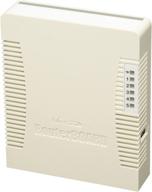
Mikrotik RouterBOARD 951Ui-2HnD RB951Ui-2HnD: High-Power 2.4Ghz Wireless AP with 5x10/100 Ports and OSL4

73 Review
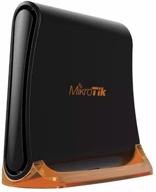
📶 High-Performance MikroTik hAP Mini RB931-2nD: Small 2GHz Wireless Access Point, 3x 10/100 Ethernet Ports, 650MHz CPU & RouterOS

24 Review
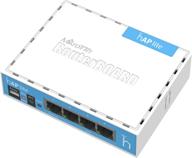
MikroTik RB941-2nD RouterBoard hAP Lite: Affordable 2.4GHz Home Access Point

71 Review
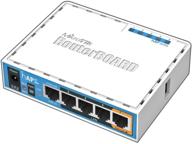
MikroTik Dual-Concurrent Access Point: hAP ac Lite RB952Ui-5ac2nD-US

79 Review
Another interesting products
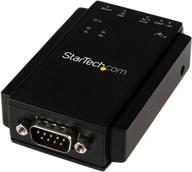
🔌 StarTech.com NETRS232 Serial to IP Ethernet Device Server - DIN Rail Mountable - Serial Device Server - Serial Over IP Device Server (Black)

4 Review
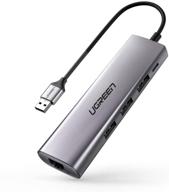
UGREEN USB 3.0 Ethernet Adapter Hub with RJ45: Fast Gigabit Ethernet Converter, 3 Ports USB 3.0 Hub Compatible for MacBook, iMac, Surface Pro, Chromebook, Laptop, PC

11 Review

🔌 CERRXIAN RS232 to Ethernet Serial Device Server - TCP/IP Converter with 1Port DB9 RS232 Serial to Ethernet Connectivity

3 Review
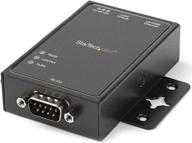
🌐 StarTech.com NETRS2321P: 1-Port RS232 to Ethernet IP Converter, Serial over IP Device Server - Black

5 Review

